🎨 Remembering Raymond Saunders: A Visionary Who Rewrote the Language of American Art
Raymond Saunders, the influential American artist known for his layered, symbol-rich paintings that often blurred the lines between personal narrative and political commentary, has passed away at the age of 90. His death was confirmed by Andrew Kreps Gallery and David Zwirner Gallery, who jointly represented him. Saunders leaves behind an artistic legacy defined by bold experimentation, cultural introspection, and an unwavering refusal to be boxed into labels.
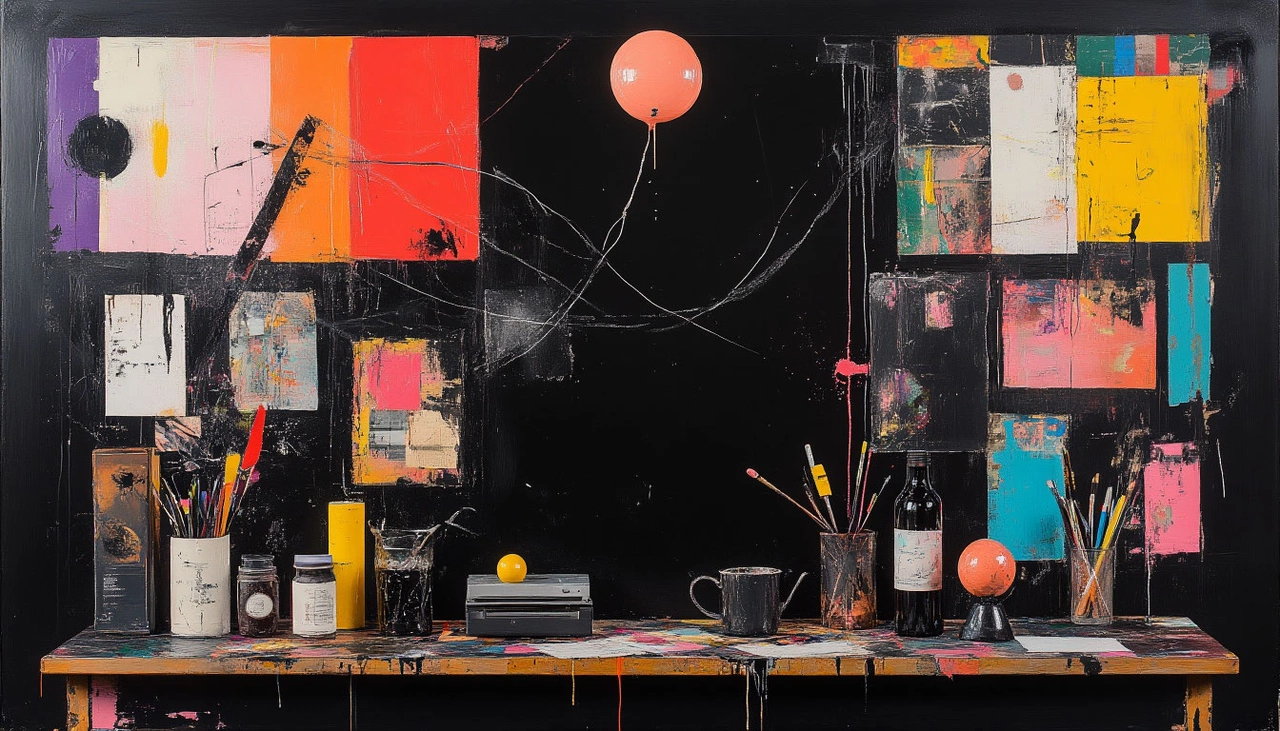
🖌️ The Art of Resistance: “Black Is a Color”
Raymond Saunders didn’t merely paint—he provoked thought. His 1967 essay Black Is a Color remains a landmark statement, rejecting the pressure to conform to political expectations placed upon Black artists. “I am not here to play the gallery,” he wrote, boldly declaring that his only responsibility was to be fully himself, both as a man and as an artist.
This ethos reverberated throughout his work, which is often constructed as assemblage—paintings featuring layers of chalk drawings, graffiti-like scribbles, found objects, and stark black surfaces. Through this visual language, Saunders illuminated themes of identity, racism, education, and cultural tension, without ever spelling things out too plainly. “Art is a fiction,” he believed. And in fiction, truths emerge in layers.
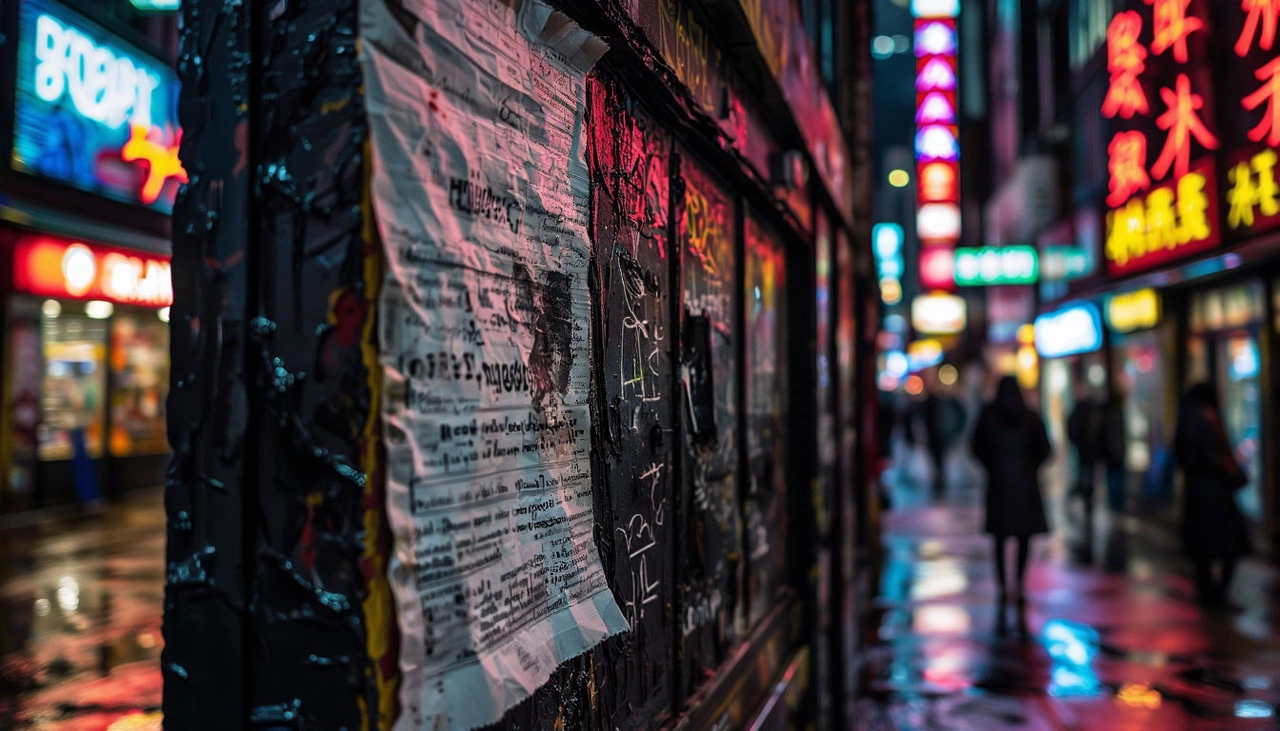
🏙️ From Pittsburgh Steel to Oakland Soul
Born in 1934 in Pittsburgh, Saunders’s journey through the art world began in a city defined by grit and resilience. He studied art from a young age at local institutions and was mentored by Joseph C. Fitzpatrick—an educator who also guided figures like Andy Warhol and Mel Bochner. After earning a scholarship to the Pennsylvania Academy of the Fine Arts, Saunders completed his BFA at Carnegie Institute of Technology in 1960.
Following his studies, he moved to Oakland, California, which would remain his creative home for over six decades. He completed his MFA at the California College of Arts and Crafts in 1961 and later taught at multiple California universities, nurturing generations of artists while continuing to develop his own groundbreaking work.
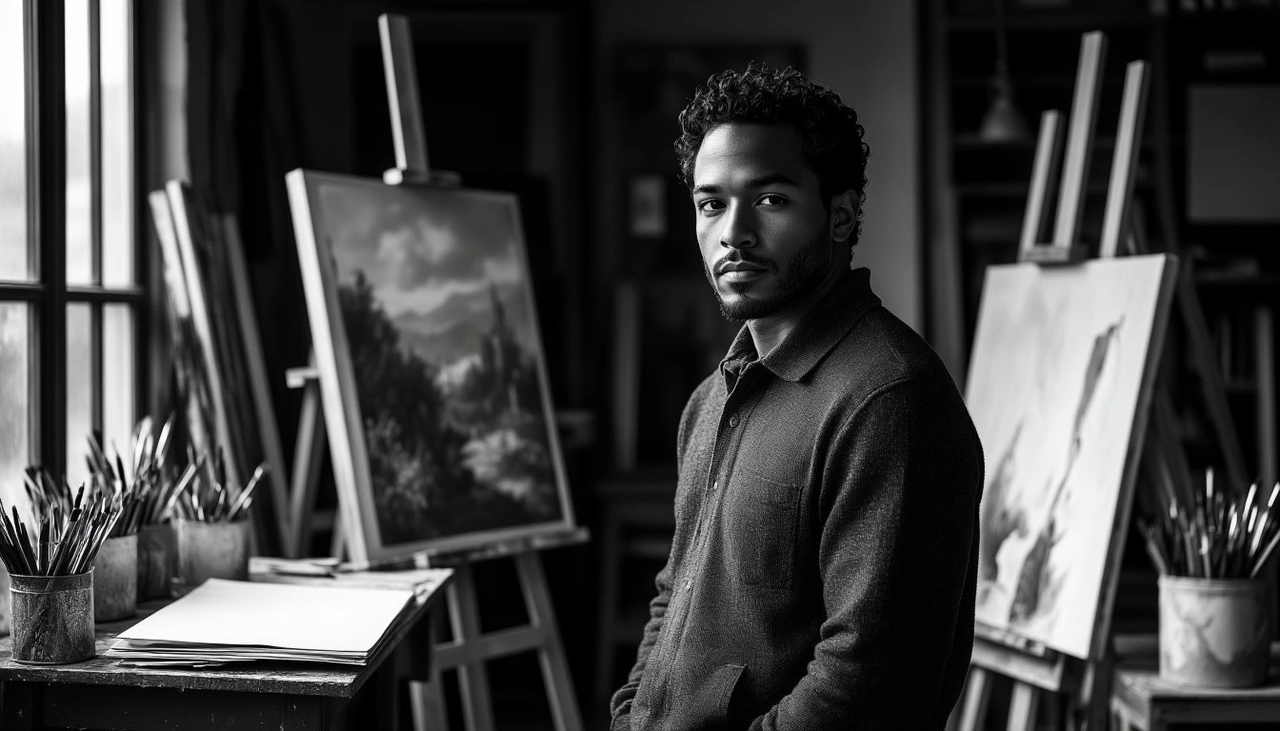
🌍 A Global Legacy in Paint
Saunders’s work resonated beyond local and national boundaries. He was awarded prestigious honors such as the Rome Prize Fellowship in 1964, a Guggenheim Fellowship in 1976, and two National Endowment for the Arts awards. His paintings have been shown in pivotal exhibitions such as Soul of a Nation: Art in the Age of Black Power (Tate Modern, 2017) and Now Dig This! Art and Black Los Angeles (Hammer Museum, 2011).
Most recently, his career was celebrated in Flowers from a Black Garden—his first full retrospective—at the Carnegie Museum of Art in Pittsburgh. The show featured 35 major works and was hailed as a triumphant homecoming. “He makes it feel nice to be led astray,” ARTnews critic Alex Greenberger wrote, praising Saunders’s ability to resist neat interpretation and instead invite viewers into poetic ambiguity.
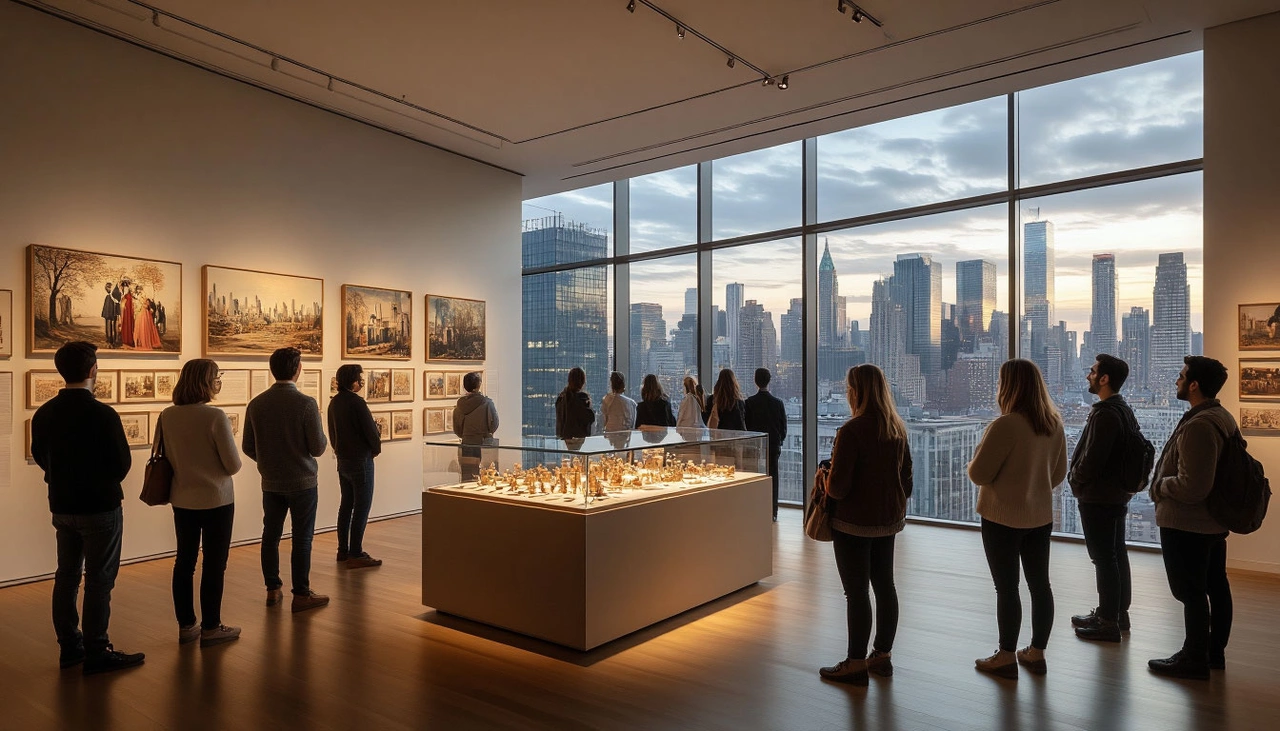
🧠 The Intellectual and the Educator
Beyond the canvas, Saunders’s contributions to critical discourse shaped conversations around race, power, and artistic freedom. His writing, especially Black Is a Color, continues to be studied for its bold articulation of the artist’s place in society. Rather than allow his identity as a Black man to define or limit him, Saunders insisted that it be one color in a much broader palette of human expression.
He taught for decades at institutions including California State University East Bay and California College of the Arts, influencing countless students with his insistence on integrity, experimentation, and resistance to formula.
🕊️ A Lasting Influence
Raymond Saunders’s works are held in some of the most respected art institutions in the world, including MoMA, the Met, the Whitney, SFMOMA, the National Gallery of Art, and many more. Even as his passing marks the end of an era, his art will remain a living conversation—demanding, mysterious, and above all, human.
David Zwirner spoke of Saunders’s enduring relevance: “His work will continue to be seen and discovered by new audiences for many decades to come as he takes his rightful place in art history.”
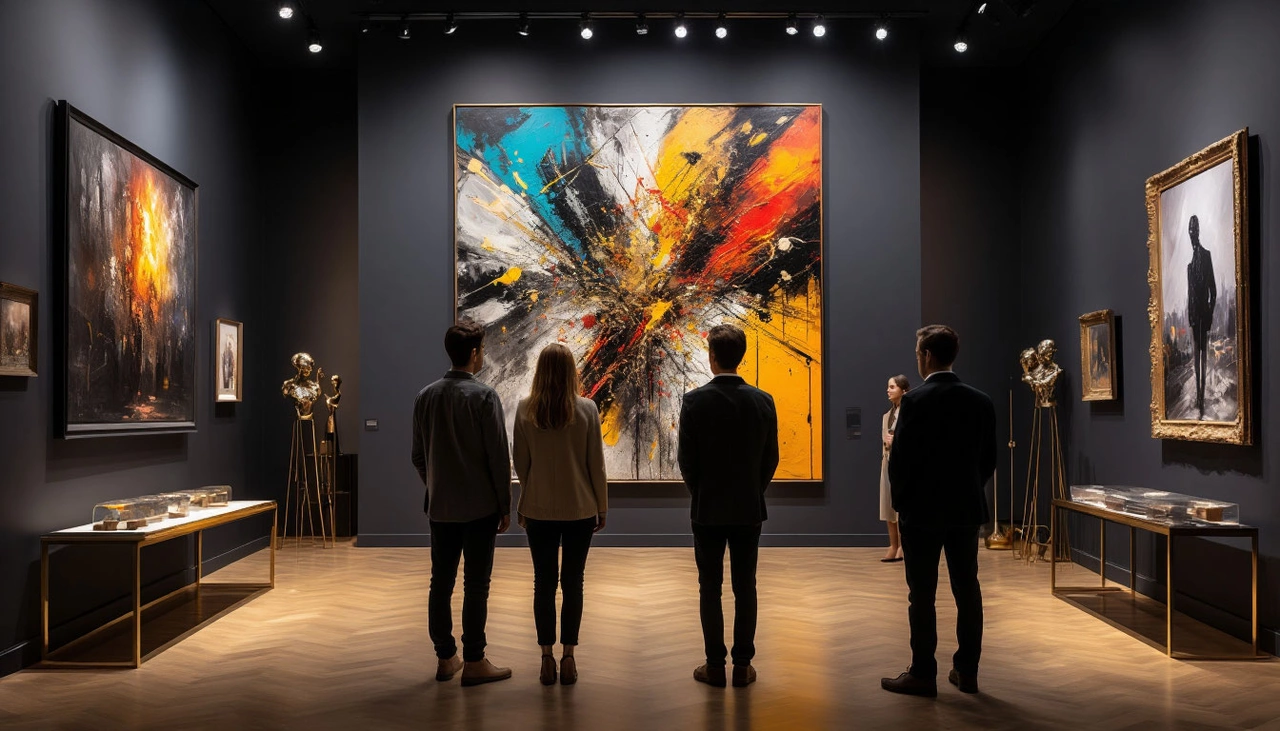
🖤 Saunders’s Final Brushstroke
His life was a canvas, and he never stopped painting—always exploring, always questioning, always refusing to let the world define his work for him. Through cryptic lines and bold textures, Raymond Saunders wrote himself into art history—not as a Black artist, but as a brilliant artist who happened to be Black. And that distinction, in his own words, makes all the difference.
Close